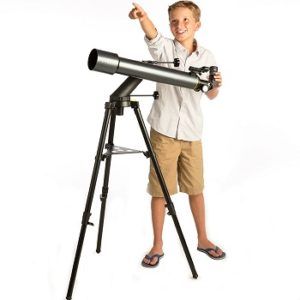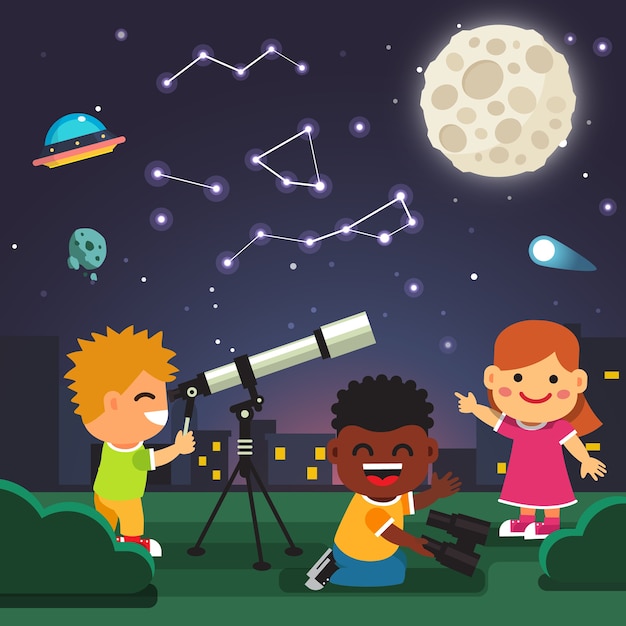
Not only can it ruin all the hard work of pointing the lens at a particular coordinate, but it can also lead to some pretty costly damage. Too Much Magnification Will Blur the ImageĪ wobbly desk is not the ideal surface to place your telescope. You might want to consider getting a tripod. Keep the Telescope on a Sturdy SurfaceĪ wobbly desk is not the ideal surface to place your telescope. Keep the lens pointed away from the sun and other bright objects at all times. Staring directly into the sun with your naked eyes can be painful, so imagine using a telescope which will focus the sun’s light to a tiny spot on your eyeball. Upon receiving your telescope, take a few hours to set it up and learn the ins and outs of the telescope. It’s a lot harder to know where all the buttons, switches, and knobs are when you’re working in the middle of the night. If you’re a first-time telescope user, then you’re probably wondering how on Earth do you use a telescope? You can find a step-by-step guide in the instruction manual, but here are several things you may not find in the provided paperwork. With your PC, you can instruct the telescope to turn towards any calculated direction to get the best pictures of objects in space. This gives full-control to the user via a connected computer.

This is one of the handiest features to have in a telescope. Many telescopes allow you to swap out lenses to increase or decrease magnification. This is determined by the focal lengths of both the objective lens and the eyepiece lens. Magnificationīasically, magnification is how close-up you can view distant objects. This isn’t the biggest of deals when shopping for a telescope, but generally speaking, a larger focal length is better. Focal Lengthįocal length is the total distance between the objective lens or mirror to the telescope’s image sensor. A larger aperture is preferred since it receives more light, making distant objects more visible. This determines your field of view when looking through the eyepiece. ApertureĪperture refers to the diameter of the lens or mirror. These are aperture, focal length, magnification, and computer control. Kids' Telescopes - Explained in Under 2 Minutesīefore choosing a telescope for your child, there are four basic elements that you need to consider. Used to view both Earthly and astronomical objects.The image then bounces off of two mirrors, hitting the concaved side of the lens before making its way through the eyepiece. Light travels into the telescope through a refractor lens. Pros:Ī compound telescope combines the best of the lens and mirror worlds. Instead, they have two concave mirrors that bend light by reflecting it before it passes through the eyepiece. Reflecting telescopes are absent of lenses. Might be too bulky for a child to operate.

This is the type that people think of when they hear the word “telescope.” Pros:

Refractor telescopes use two convex lenses – an objective lens and an eyepiece lens – to focus light. All three are made to view faraway astronomical bodies and objects, but they each have their own sets of advantages and disadvantages. The most common types of telescopes are refractors, reflectors, and compounds. The world knows we need more scientists and astronauts, and stargazing might be the hobby your child desperately needs to tear their eyes away from gadgets all day. Getting your child his or her very own telescope can be the first step in creating an undying interest in space. Quality: Reflector or compound ✔ I want the biggest bangįor my buck (value): Reflector ✔ I want to do birds): Refractor or compound ✔ I want to view faint, Telescope that requires little or no maintenance: Refractor ✔ I want to also observe objects Telescope: Refractor or reflector ✔ I want a rugged

which type should you chose? All will do a good job, but we suggest that you pick a telescope type based on what you plan to do with it:
DXCEL TELESCOPE FOR KIDS PLUS
It features two mirrors (one in the back and one in the front) plus a lens. This telescope type is also called catadioptric or "Schmidt-Cassegrain" telescope.


 0 kommentar(er)
0 kommentar(er)
